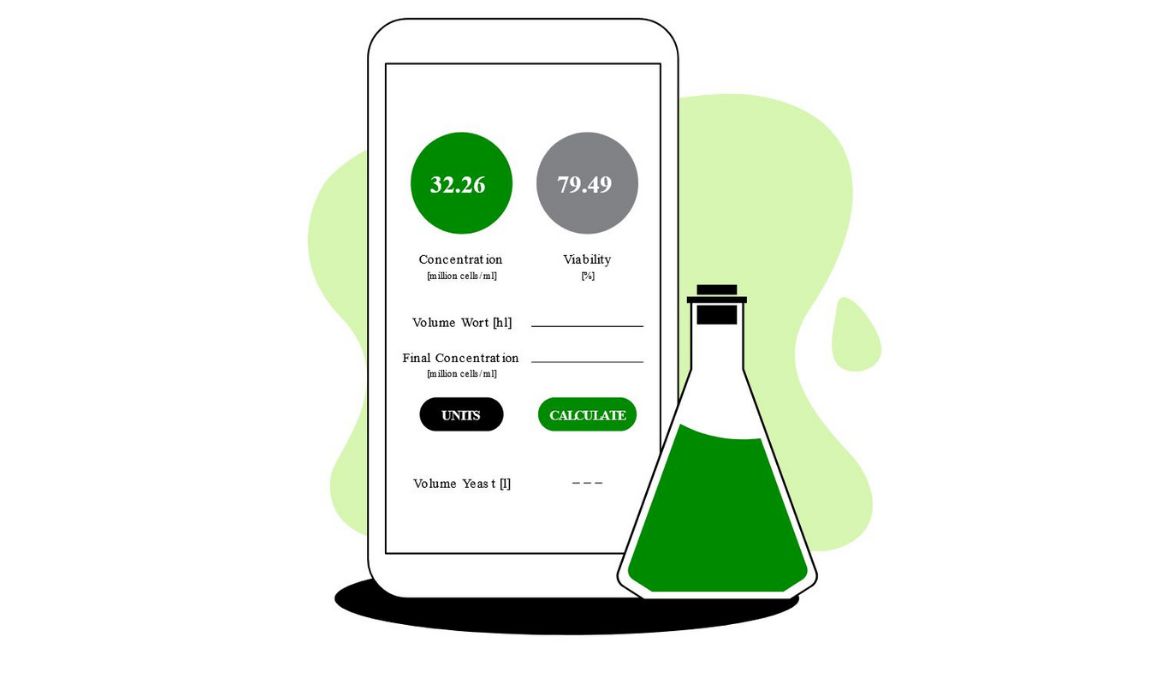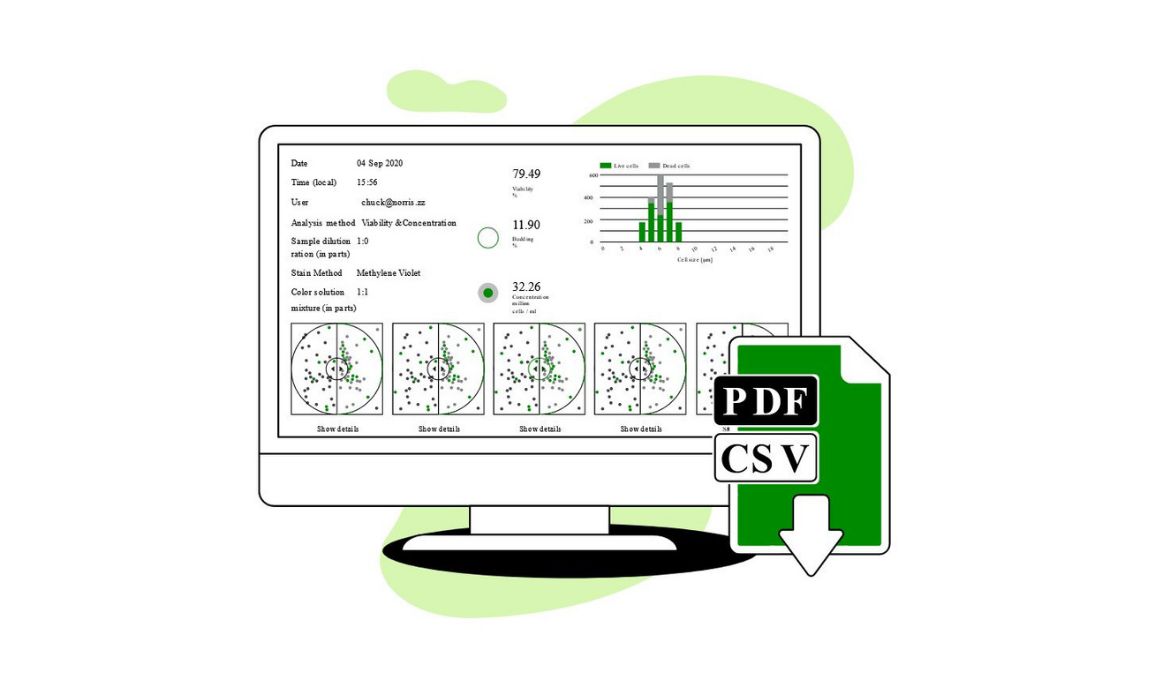Yeast Pitching Rate Formula: How to Get Consistent Pitch Rates
For brewers both at home and in breweries large and small, the question of the proper yeast pitching rate formula can be an intense one. What happens if you pitch too little? Too much? What about viability and vitality? So much happens when the yeast hits the wort, and so much can go wrong, that brewers want to pay close attention to how they work with their yeast and how their yeast behaves.
All of the listed concerns, and more, are very real and quite valid, but keep in mind that you can actually apply too much pressure when it comes to becoming a brewer.
The best rule of thumb when it comes to the yeast pitching rate formula and how to get consistent pitch rates is to keep it simple and allow yourself to experiment.

Yeast Makes Beer
Up until the time you pitch your yeast, your beer is not really beer, is it? In other words, not much can go wrong.
You ensure you get a good fresh grain, probably either wheat or barley, and that the grain has been malted. The malting, when done right and done well, maximizes all the sugars hidden deep inside.
Then you’ll crack your grain open with a machine to expose those sugars for fermentation.
You likely have an excellent water source to add to your grain for boiling and steeping, releasing all those sugars into the water and making a nice, sweet, rich wort.
Now you pitch your yeast, and your yeast makes beer.
Wait, What’s a Pitch?
It’s funny when we think of adding yeast to wort as pitching.
Pitching is a term most often used in baseball or softball. The ball is thrown at a pretty high speed toward the batter, who then swings at the ball.
In brewing, you actually do the opposite. You very slowly add the yeast, either dry or in a slurry, to the wort so as not to agitate it too much. Yeast is sensitive to change in temperature, motion, and environment, so you’re as careful as possible when adding it to the wort.
And now you’ve pitched!
But, how much did you pitch, and does it make a difference?
The answer is… sort of.
No Such Thing as Bad Beer
There is a theory among brewers and beer drinkers, especially hardcore afficionados, that there is no such thing as bad beer. You really cannot make a bad batch. Well, rarely, anyway.
Sure, every once in a while, you’ll have an off-flavor beer that simply cannot be salvaged and must be tossed.
But you can’t really go wrong with too much of this or that grain, hop, or even yeast.
The problem is not in bad beer or good beer. Some great beers have been made by accident.
The problem, or the issue to state it better, is consistency.
If you’re trying to appeal to, grow, and keep a loyal fanbase that raves about your brew, you need that brew to come out the same every single time.
And if you’re not pitching your yeast with a consistent formula, you can end up with wildly varying flavors.
The Yeast Pitching Rate Formula

Most brewers agree upon a single formula for ales and another one for lagers.
Check out our Yeast Target Pitch Rate Calculator!
In the book Yeast: The Practical Guide to Beer Fermentation, Chris White and Jamil Zainasheff prefer .75 million c/ml (that’s yeast cells per milliliter) for ales and 1.5 million c/ml for lagers.
They also make the qualification that brewers must experiment with those formulas and do what works for them according to desired flavor and aroma profile and which strain of yeast they are using.
Ales vs Lagers
Why the different formulas?
Well, yeast tends to ferment more slowly in colder temperatures and more quickly in warmer temperatures.
As ales are fermented in warmer temps, usually between 65- and 75-degrees Fahrenheit, they traditionally ferment quickly and therefore require less yeast to pitch because the yeast gets right to work doing its job consuming all the sugars in the wort and making beer.
Because lagers are fermented at much cooler temperatures, usually between 48 and 58 degrees Fahrenheit, they require more yeast to be pitched. The yeast moves more slowly, taking their sweet time converting sugar to alcohol, and therefore need more backup to get the job done.
What If the Formula Is Off?
First of all, if your formula is off, you will not have a consistent beer. A recent study showed that while there may not be a significant effect on the overall yeast physiology when the pitching rate change, you may see an increase in diacetyl if you overpitch your yeast, which results in a strong buttery flavor and aroma in your beer. Not every beer should have a butterscotch aftertaste, of course.
The bottom line is that if you pitch too little yeast, your fermentation rate increases dramatically. If you pitch too much, your yeast cells may get stressed, slow down, and even stagnate.
While this change in pitching rate is not harmful to the yeast cell’s viability and vitality overall, it can dramatically affect the outcome of flavor and aroma on your beer.
So, unless you are experimenting with different flavors and aromas, you want to pick a formula and stick to it to get your consistent brew for your fanbase every time.
How to Get a Consistent Yeast Pitch Rate Formula?
Get the proper equipment.
The Oculyze Better Brewing app includes a pitch rate calculator that automatically uses your concentration and viability results to help you determine the ideal pitch rate for your next batch.
Additionally, you can input your wort’s volume and desired concentration to find out which volume of yeast you need to add to your wort to get consistent results.
Because, as we’ve seen, consistency is critical to brand loyalty. And for most brewers, that’s what it’s all about.
Cheers!
Are you still pitching fresh yeast every time? By reusing your yeast, you can save up to hundreds of thousands of dollars per year on just yeast alone!
Join the hundreds of brewers from all around the world using the smartest Automated Yeast Cell Counter! Request a Free Demo Account today and experience firsthand how Oculyze can take your brewery to the next level!
Sources:
- P. J. Verbelen, T. M. L. Dekoninck, S. M. G. Saerens, S. E. Van Mulders, J. M. Thevelein & F. R. Delvaux, Impact of pitching rate on yeast fermentation performance and beer flavour, Applied Microbiology and Biotechnology volume 82, pages 155–167 (2009)
- https://realbrewersyeast.com/pages/how-to-calculate-pitching-rate
- https://byo.com/mr-wizard/understanding-pitching-rates/


